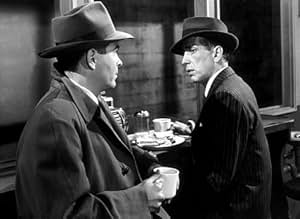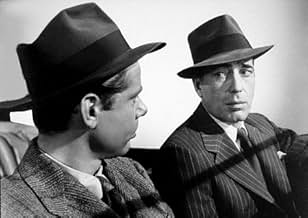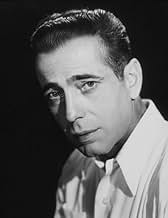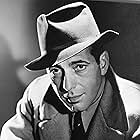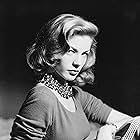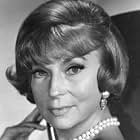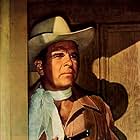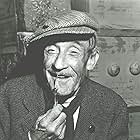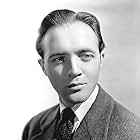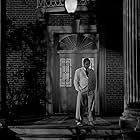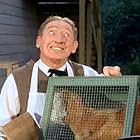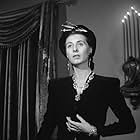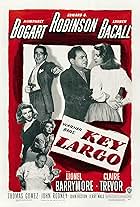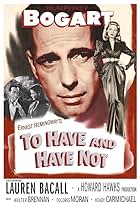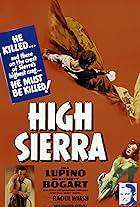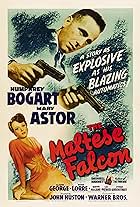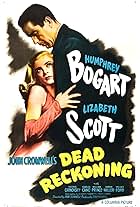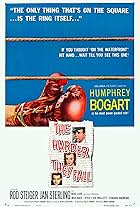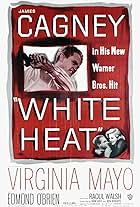A man convicted of murdering his wife escapes from prison and works with a woman to try to prove his innocence.A man convicted of murdering his wife escapes from prison and works with a woman to try to prove his innocence.A man convicted of murdering his wife escapes from prison and works with a woman to try to prove his innocence.
John Alvin
- Blackie
- (scenes deleted)
John Arledge
- Lonely Man
- (uncredited)
Leonard Bremen
- Bus Ticket Clerk
- (uncredited)
Clancy Cooper
- Man on Street Seeking Match
- (uncredited)
Deborah Daves
- Child with Aunt Mary
- (uncredited)
Michael Daves
- Michael
- (uncredited)
Tom Fadden
- Diner Counterman Serving Parry
- (uncredited)
Bob Farber
- Policeman
- (uncredited)
Mary Field
- Aunt Mary
- (uncredited)
- Director
- Writers
- All cast & crew
- Production, box office & more at IMDbPro
Storyline
Did you know
- TriviaThe actual 1937 Art Deco apartment building used in the film (located at 1360 Montgomery St. in San Francisco) is still standing as of 2023. The apartment (No. 10) is marked by a cardboard cut-out of Humphrey Bogart, which can be seen from the street. The site is visited frequently by fans of vintage film noir. The unit has one bath, one bedroom and 861 square feet, and was last sold in 2016 for $1.5M.
- GoofsAfter Parry's bandages are removed, there are no stitches or bruises, nor is there the sort of facial swelling that always results from plastic surgery.
- Quotes
Vincent Parry: You know, it's wonderful when guys like you lose out. Makes guys like me think maybe we got a chance in this world.
- Alternate versionsAlso available in a computer-colorized version.
- ConnectionsEdited from San Quentin (1937)
- SoundtracksToo Marvelous for Words
(uncredited)
Music by Richard A. Whiting
Lyrics by Johnny Mercer
Performed on record twice by Jo Stafford
Also played on the jukebox at the bus station
Also played at the cafe in Peru and during the end credits
Featured review
Set in San Francisco, "Dark Passage" stars Humphrey Bogart as an escaped convict who was found guilty of killing his wife, and Lauren Bacall, as the woman who helps him. The Bogart character knows someone framed him for the murder and is desperate to get away from the police. To accomplish this, with the help of a chatty cab driver (Tom D'Andrea), he has his face changed by plastic surgery.
Though Bogart's distinctive voice is present throughout, the first part of the film uses the subjective camera, a la "Lady of the Lake." In "Lady of the Lake," the camera was at all sorts of odd angles and at one point, focused on a mirror where the viewer could see the face of Robert Montgomery. In this film, the camera is less obtrusive. Either that, or because it's an icon like Bogart, the viewer pictures him even though he's not on camera. After the plastic surgery, Bogart is revealed.
The plot is okay, but it's really an excuse for great chemistry between the two stars, a rich atmosphere, and some wonderful cinematography. The idea of loneliness is everywhere; it's in the bus station, it's in the isolated way that the Bacall character lives. And it's also about taking a chance and reaching out.
Bogart gives a strong and honest performance, putting his strong presence to good use as he dominates the film even when only his voice is used. Bacall is at the height of her sultry beauty, with her luxurious hair framing a perfect bone structure, pouty lips, and sensuous eyes. She is absolutely fantastic to look at and listen to, and she imbues the role with vulnerability as well as a feeling of cold isolation and the loneliness she feels.
The supercouple gets wonderful support from Tom D'Andrea, the Gillis of the Riley series I grew up with, Agnes Moorhead as a nasty friend of Bacall's, Bruce Bennett, and Houseley Stevenson as the excellent but borderline maniacal plastic surgeon. One almost expected thunder and lightning after he spoke.
Very entertaining, highly recommended, and I loved the ending.
Though Bogart's distinctive voice is present throughout, the first part of the film uses the subjective camera, a la "Lady of the Lake." In "Lady of the Lake," the camera was at all sorts of odd angles and at one point, focused on a mirror where the viewer could see the face of Robert Montgomery. In this film, the camera is less obtrusive. Either that, or because it's an icon like Bogart, the viewer pictures him even though he's not on camera. After the plastic surgery, Bogart is revealed.
The plot is okay, but it's really an excuse for great chemistry between the two stars, a rich atmosphere, and some wonderful cinematography. The idea of loneliness is everywhere; it's in the bus station, it's in the isolated way that the Bacall character lives. And it's also about taking a chance and reaching out.
Bogart gives a strong and honest performance, putting his strong presence to good use as he dominates the film even when only his voice is used. Bacall is at the height of her sultry beauty, with her luxurious hair framing a perfect bone structure, pouty lips, and sensuous eyes. She is absolutely fantastic to look at and listen to, and she imbues the role with vulnerability as well as a feeling of cold isolation and the loneliness she feels.
The supercouple gets wonderful support from Tom D'Andrea, the Gillis of the Riley series I grew up with, Agnes Moorhead as a nasty friend of Bacall's, Bruce Bennett, and Houseley Stevenson as the excellent but borderline maniacal plastic surgeon. One almost expected thunder and lightning after he spoke.
Very entertaining, highly recommended, and I loved the ending.
Details
Box office
- Budget
- $1,600,000 (estimated)
- Gross worldwide
- $9,693
- Runtime1 hour 46 minutes
- Color
- Aspect ratio
- 1.37 : 1
Contribute to this page
Suggest an edit or add missing content




